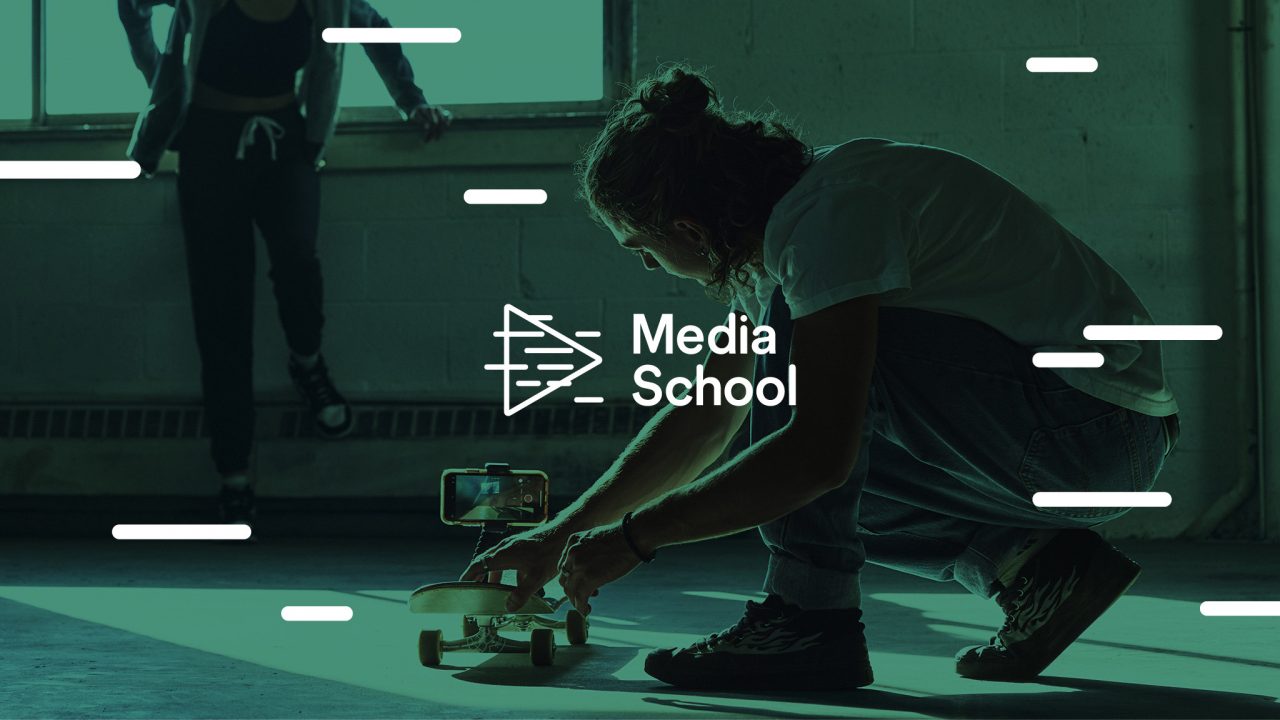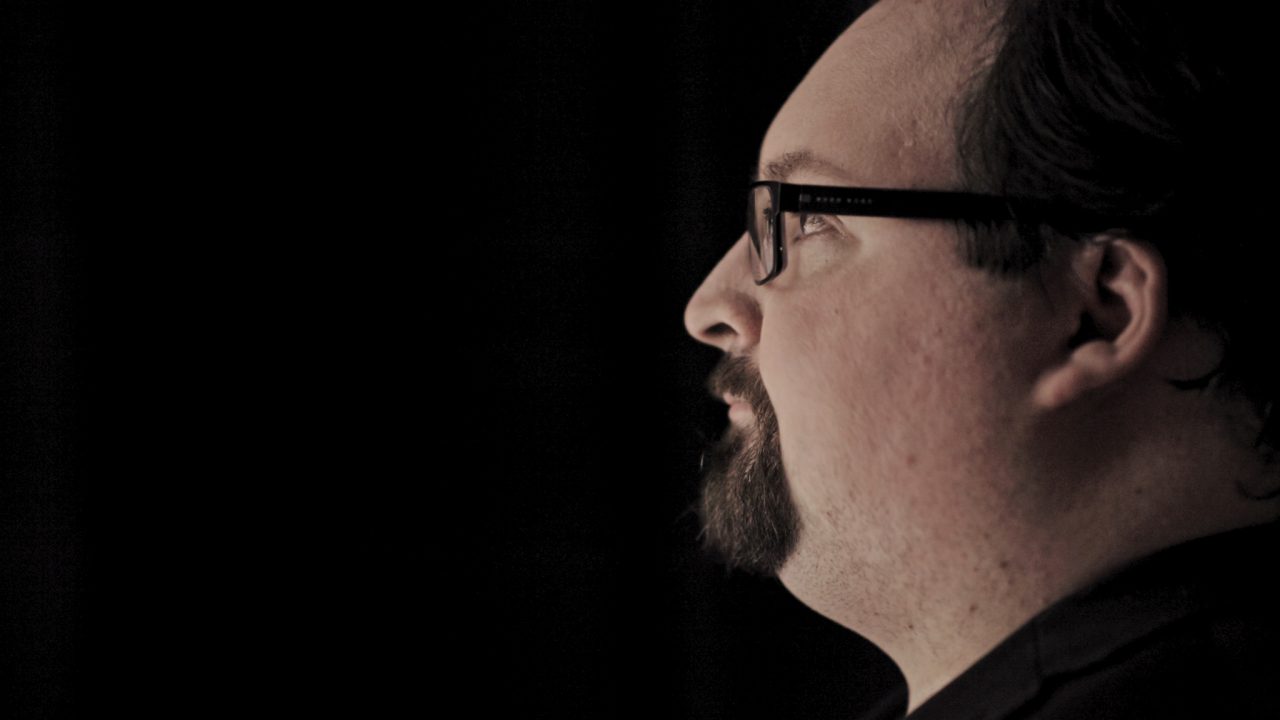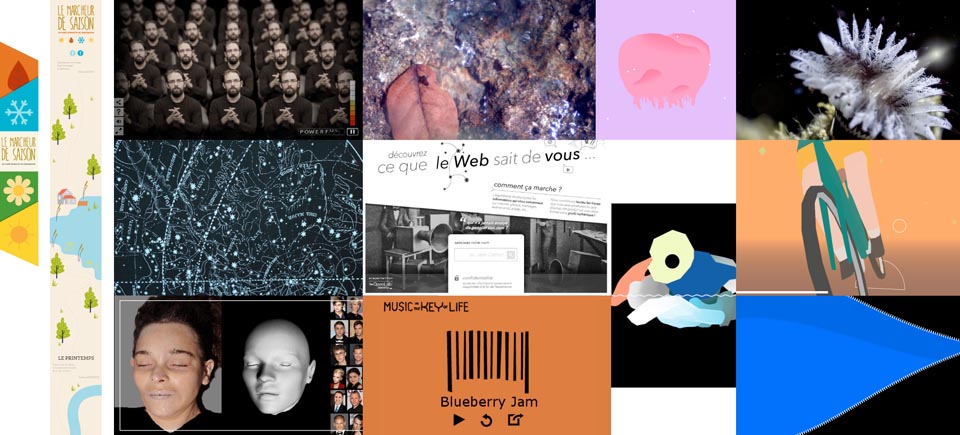
The NFB and ARTE unveil 12 winners in Interactive Haiku project
The NFB and ARTE unveil 12 winners in Interactive Haiku project
Drumroll please…
Last June, the NFB and ARTE got together to issue a challenge to digital artists: explore the short form—the very, very short form—by creating an interactive haiku. This project is an excuse to probe another side of the Web, where memes, Vines and other rapid-consumption experiences populate the online world.
The call for proposals ended on August 19th, 2014, and a large number of you rose to the challenge.
After three months of deliberation, the international jury* chose 12 winners from among the 162 projects received.
We are very pleased to announce the selected proposals today:
1. Speech Success (Spain)
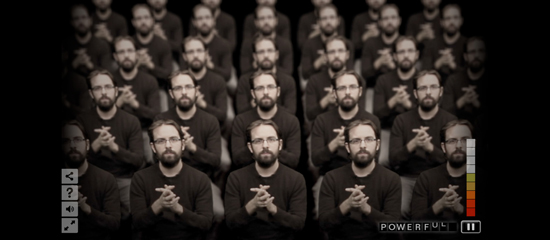
This is an interactive project for anyone who loves speaking in public, or who would like to practice in order to conquer their fears. Launch the program and say a few words; across from you, a recorded crowd will react to the slightest modulation of your voice to encourage you, to praise you…or to boo you.
Team: Roc Albalat, Pau Artigas, Jorge Cabellero, Marcel Pié
2. Le marcheur de saison (France)

An anti-race against the clock imagined by Cosmografik, the creator of Type:Rider, this program invites you to meander through a landscape that changes before your eyes according to the seasons in the pure tradition of the classical haikus of Master Basho. To move forward, press your keyboard keys or use your fingers on your phone. But be careful! Don’t go too fast, because you will be sent back to the beginning of this game, where contemplation is encouraged above all else.
Team: Théo Le Du Fuentes a.k.a. Cosmografik (artistic director and interactive designer), Nicolas Martin (programmer), Barbara Govin (illustration), Arnaud Colinart/Ex Nihilio (production)
3. Cat’s Cradle/Le berceau du chat (Canada)
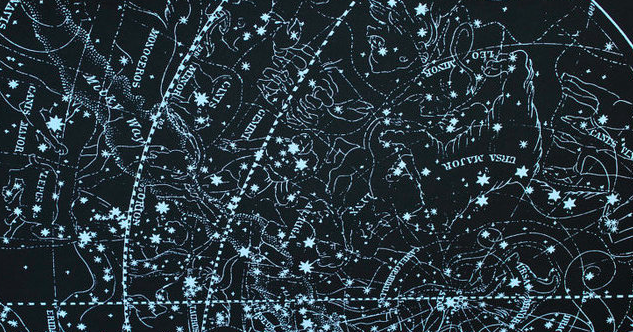
Between poetry and quantum physics, The Cat’s Cradle is an artistic digression inspired by String Theory. Placing a finger on the tablet creates a string, plays a note, and requires dexterity worthy of a game of Twister. This project is a paradoxical and fun experience that elegantly simplifies the whole universe.
Team: Thibaut Duverneix and David Drury (screenplay), Thibaut Duverneix (direction), David Drury (sound design), Jean-Maxime Couillard (developer), Gentilhomme (production).
4. Yogaraca (Japan)
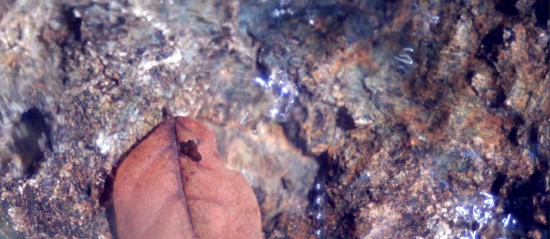
Yogaraca offers users the possibility to live an interactive haiku in real time, in Zen fashion. Stop moving, relax, and take some time to contemplate what appears on the screen. It is only then that you will be able to live your haiku.
Team: Yuichi Minamiguchi (direction), Ayumi Yoshioka (sound design), Jun Nakawatari (programming), Masahiko Otake (poet and supervisor)
5. Facing the Nameless (United States)
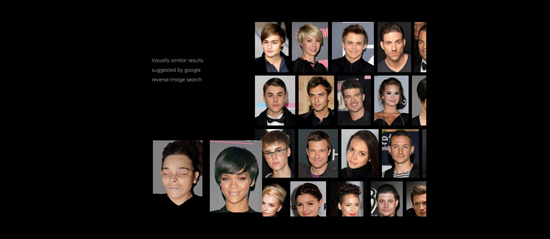
In the era of virtual personalities and facial recognition, why are so many bodies unidentified? By using Google image search, Facing the Nameless draws a stark contrast between these anonymous individuals and the cult of image and celebrity personalities.
Team: Ziv Schneider of Specular Projects
6. Log-in (France)
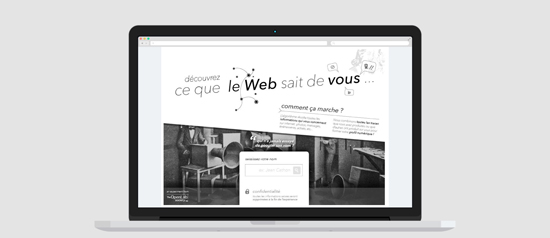
At first glance, you see an online form like any other: it asks for your last name, first name, place of residence… but the information quickly becomes much more personal in nature: financial statements, phone numbers, and physical appearance. But you tell yourself it’s for a good cause, so why not? After you fill out the form, you can find out if you are popular among your friends. Just how far are we willing to go in divulging our personal information, if the product being offered in exchange interests us?
Team: Pierre Jullian de la Fuente
7. Music in the Key of Life (Sweden)
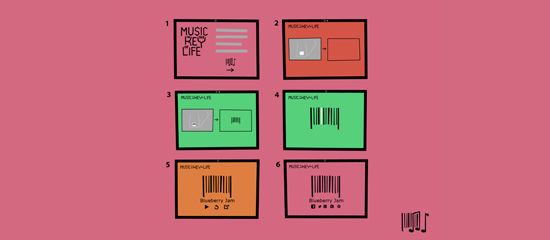
Have you ever wondered what sound butter or a bottle would make if they could communicate with you? The creators of Music in the key of life believe that all everyday objects possess an innate poetry and musical nature. For this reason, they suggest scanning the barcodes of these objects and listening to the music that they play.
Team: Theodor Twetman and Viktor Lanneld
8. Phi (France)
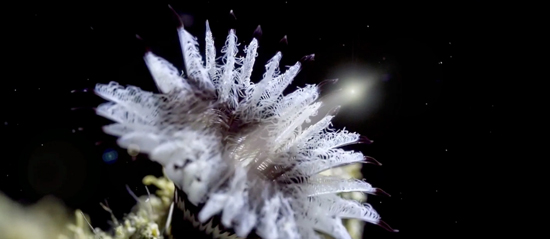
We are surrounded by static images that are sometimes almost incomprehensible, and which pass before our eyes without us even noticing them. But what if we could activate them, and explore their true nature? Phi, named after the symbol for the Golden Rule used since Antiquity, offers an exploration of this hidden life of images: for each image, the user has to follow an interactive outline to “activate” the image, so that it can become a real “philm”.
Team: Charles Ayats (original idea and concept), Mathias Desloges (developer), Colleen (sound design), Marie Blondiaux/Red Corner (production)
9. Z… Discover the Space Beyond– (France)
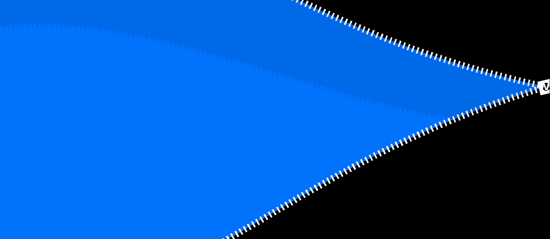
Have you ever gotten lost on the Web, clicking hyperlink after hyperlink, only to end up asking yourself where you started and where you are going? This project offers a journey inside your screen and yourself. Undo the zipper… and let yourself be carried away.
Team: Cyril Diagne (Artist/developer), Béatrice Lartigue/Lab212 (artistic design and direction), Chapelier Fou/Ici d’ailleurs… (music)
10. Datum (Canada)

Are Internet users capable of taking care of a virtual animal together? Meet Datum, a sweet little creature for which you are all responsible, and which will evolve at the whim of everyone’s actions and attention.
Team: Ben Swinden (programming), Hamish Lambert (animation)
11. Life is Short (France)
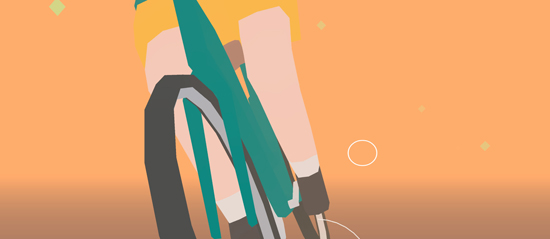
What if you could relive a life in 60 seconds, from birth to the day when you learned how to ride a bike, up to when you met the love of your life? Through 13 very short interactive experiences (around 4 seconds each) Life is Short offers you the chance to revisit key moments in the brief existence of a human in a sweet, tender manner.
Team: Florian Veltman (creation), Baptiste Portefaix (sound design)
12. Grand bruit (Canada)
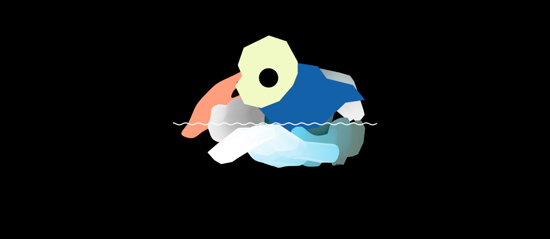
The Atlantic swell still rocks the remains of Grand Bruit village. And each tiny rock that erodes brings with it a story that will never be told. By tracing the improbable contours of one of these stories, Grand bruit is an homage to the refusal to disappear, and an ode to evanescence. This is a poetic, vocal, and graphic interactive experience about the traces that we try to leave behind us.
Team: Étienne Desprès (programming), Marc Larivière (illustration and animation), Martin Rodriquez (music and soundscape), Simon Emmanuel Roux (production)
***
Congratulations to the winners, and thank you to all the artists who took the time to submit a proposal. The interactive works we received were stunning, moving, and inspiring, and were able to transpose the brevity and the richness of haiku with verve in the Web era.
The projects will be available online in spring 2015.
Follow us on Facebook or Twitter to learn more about the unveiling of the interactive haikus very soon!
*The international jury was made up of:
Caspar Sonnen, founder and programmer, IDFA DocLab
Héctor Ayuso, founder and programmer, OFFF Festival
David Carzon, cross-media editor-in-chief, Telerama
Jonathan Harris, artist and computer scientist
Marie-Pier Gauthier, Head of production, NFB Interactive Studio
Alexander Knetig, Web Program Manager at ARTE
William Uricchio, president of the jury, professor of Comparative Media Studies and principal investigator of the Open Documentary Lab and the MIT Game Lab
-
Pingback: Public Media Scan: Learn to be happy | AIR
